Archive
2020
KubaParis
Collagen Shadows

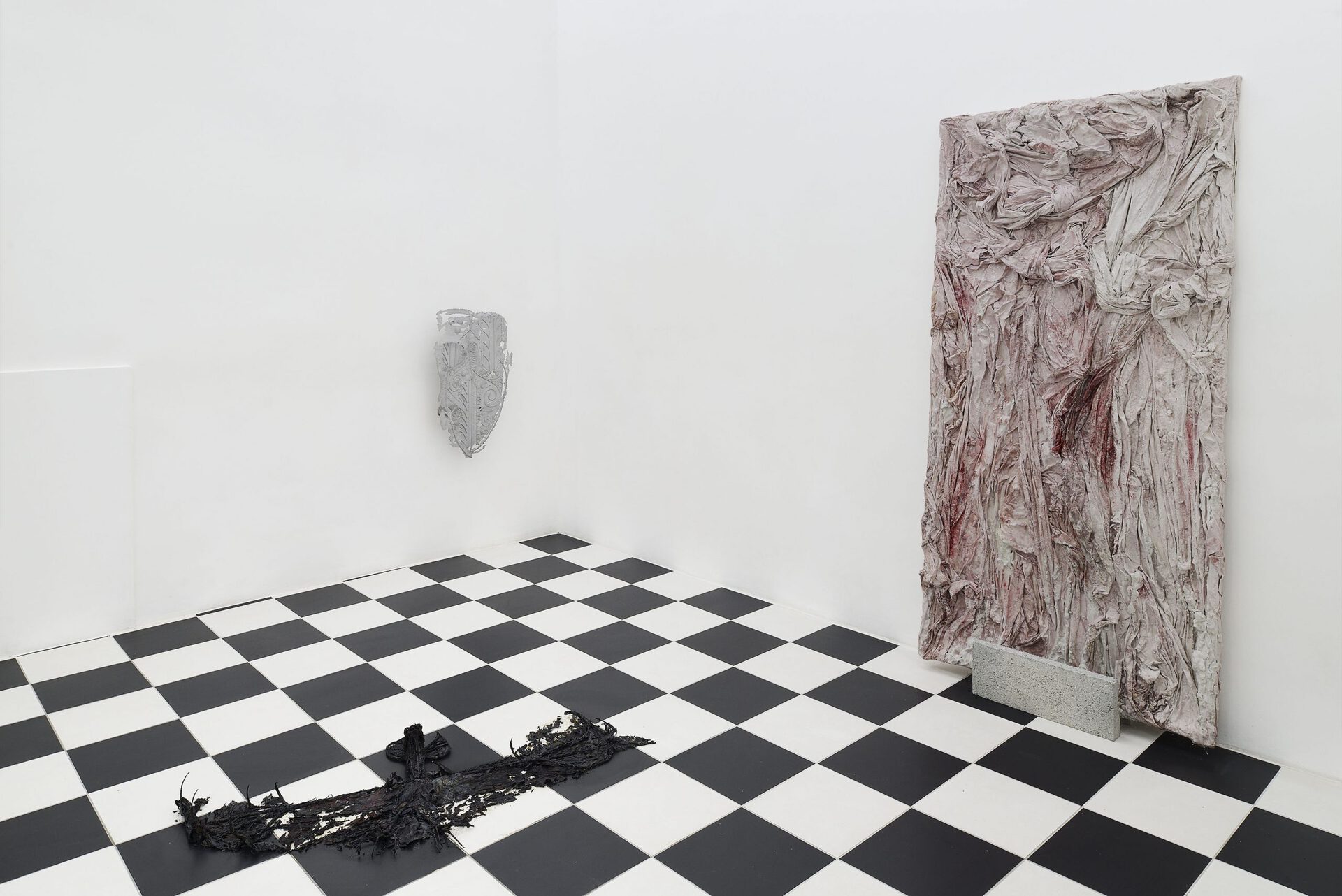
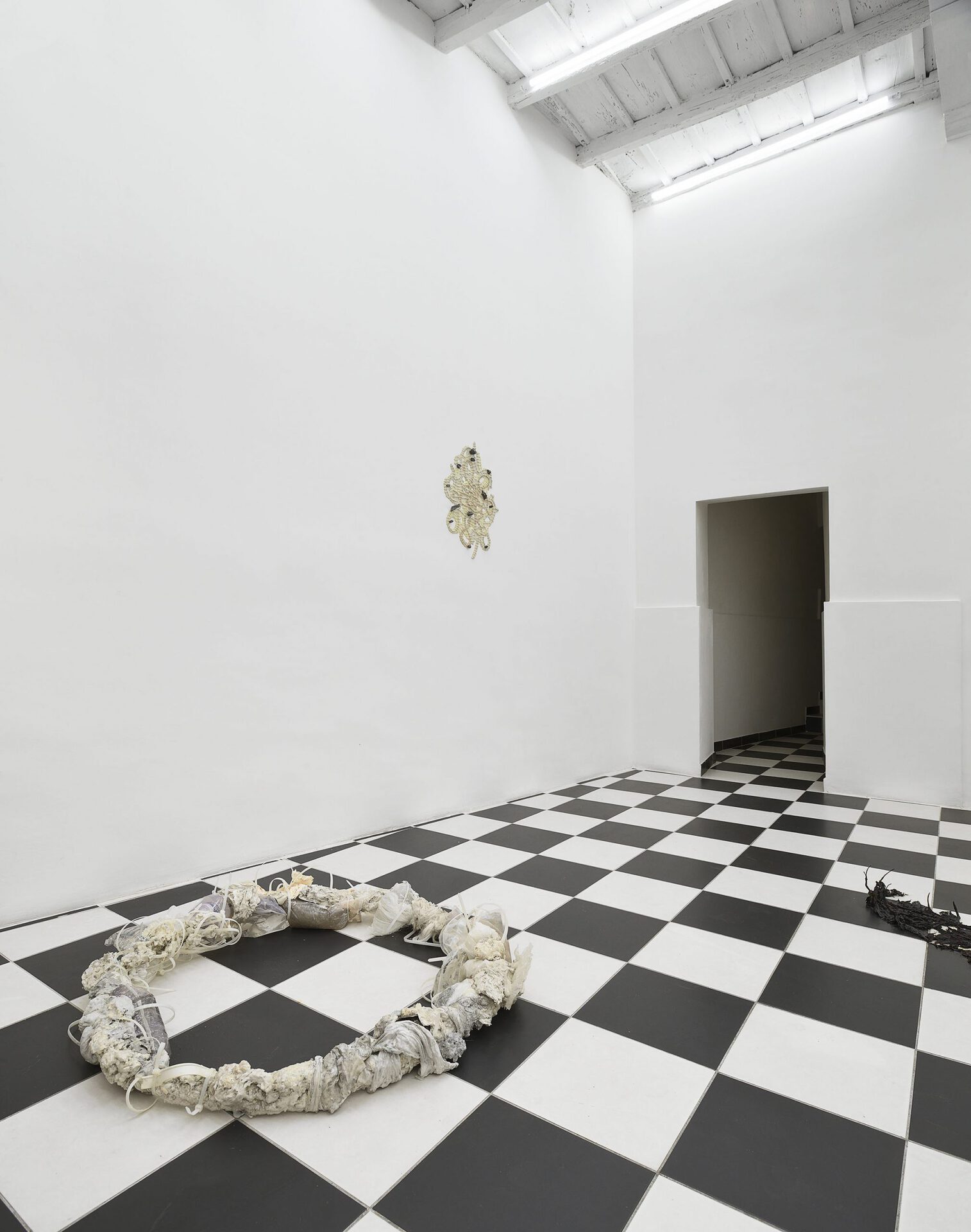
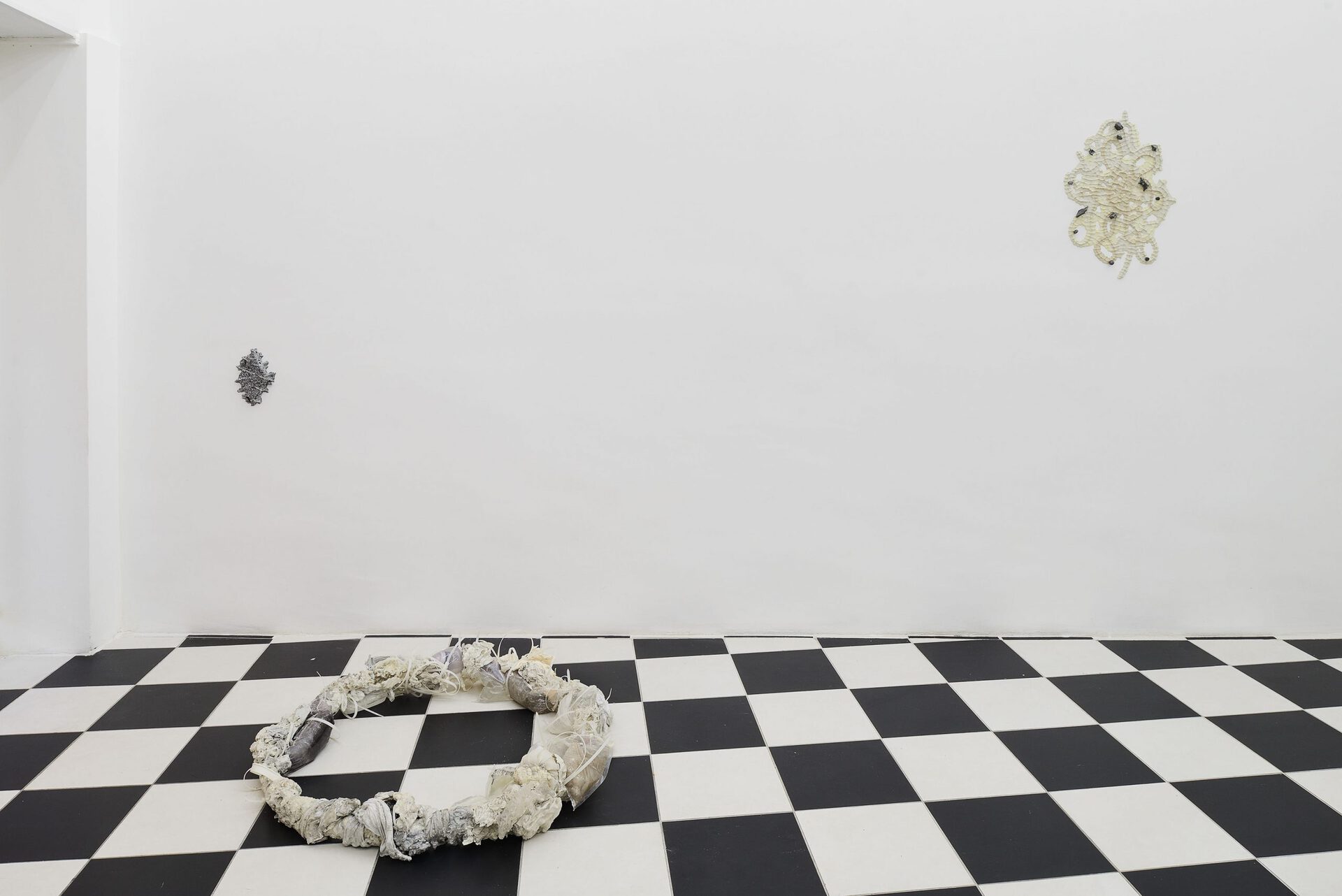
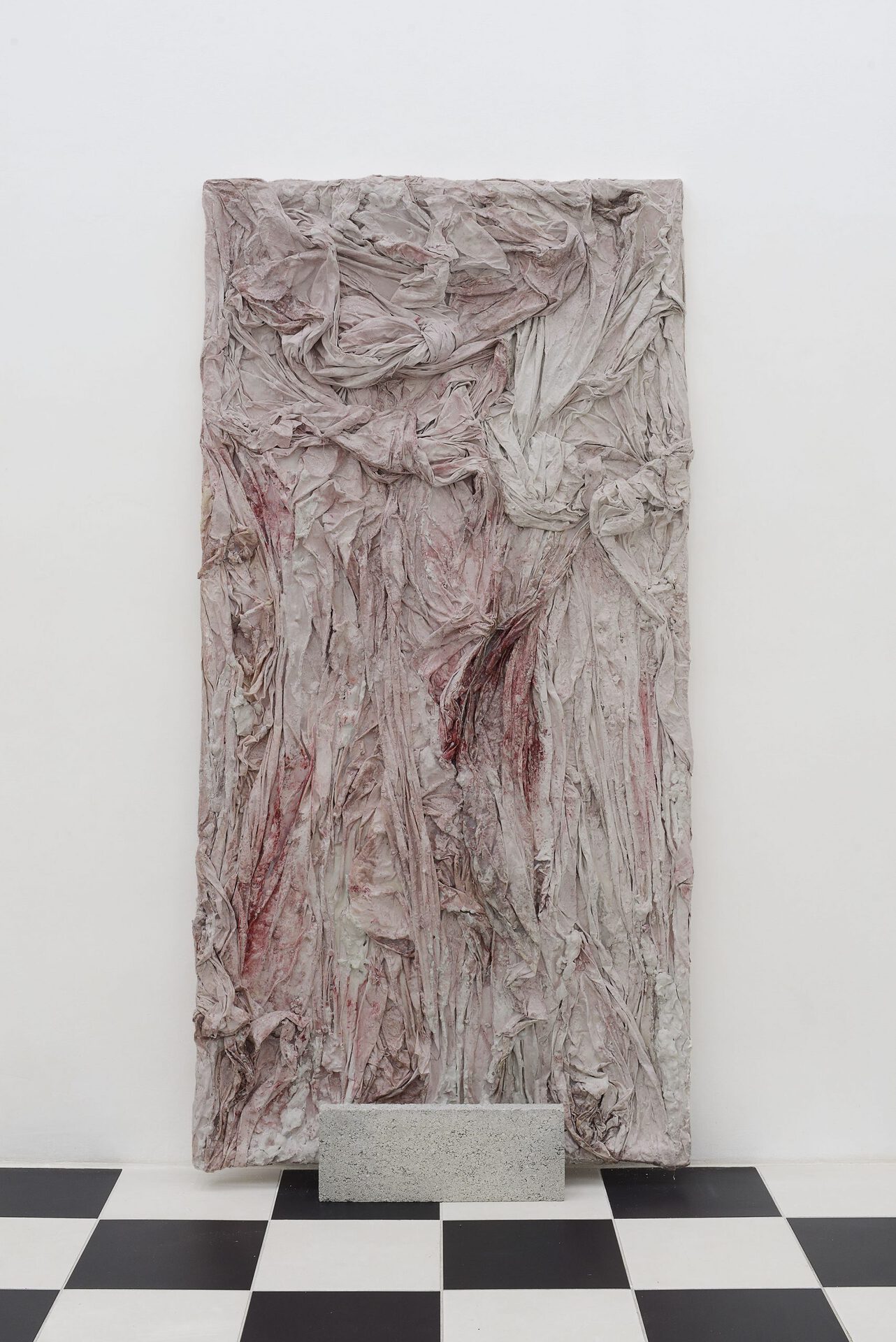

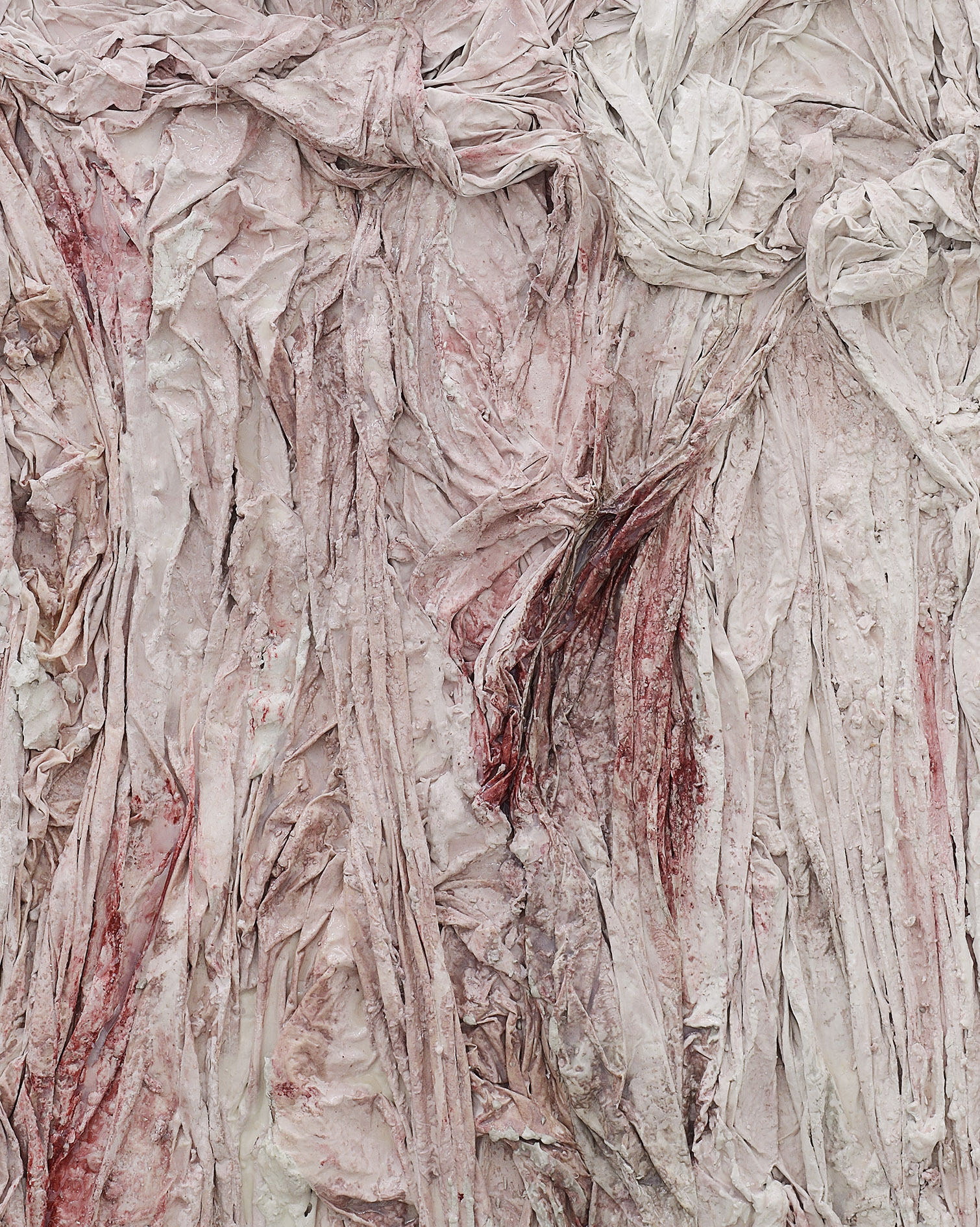


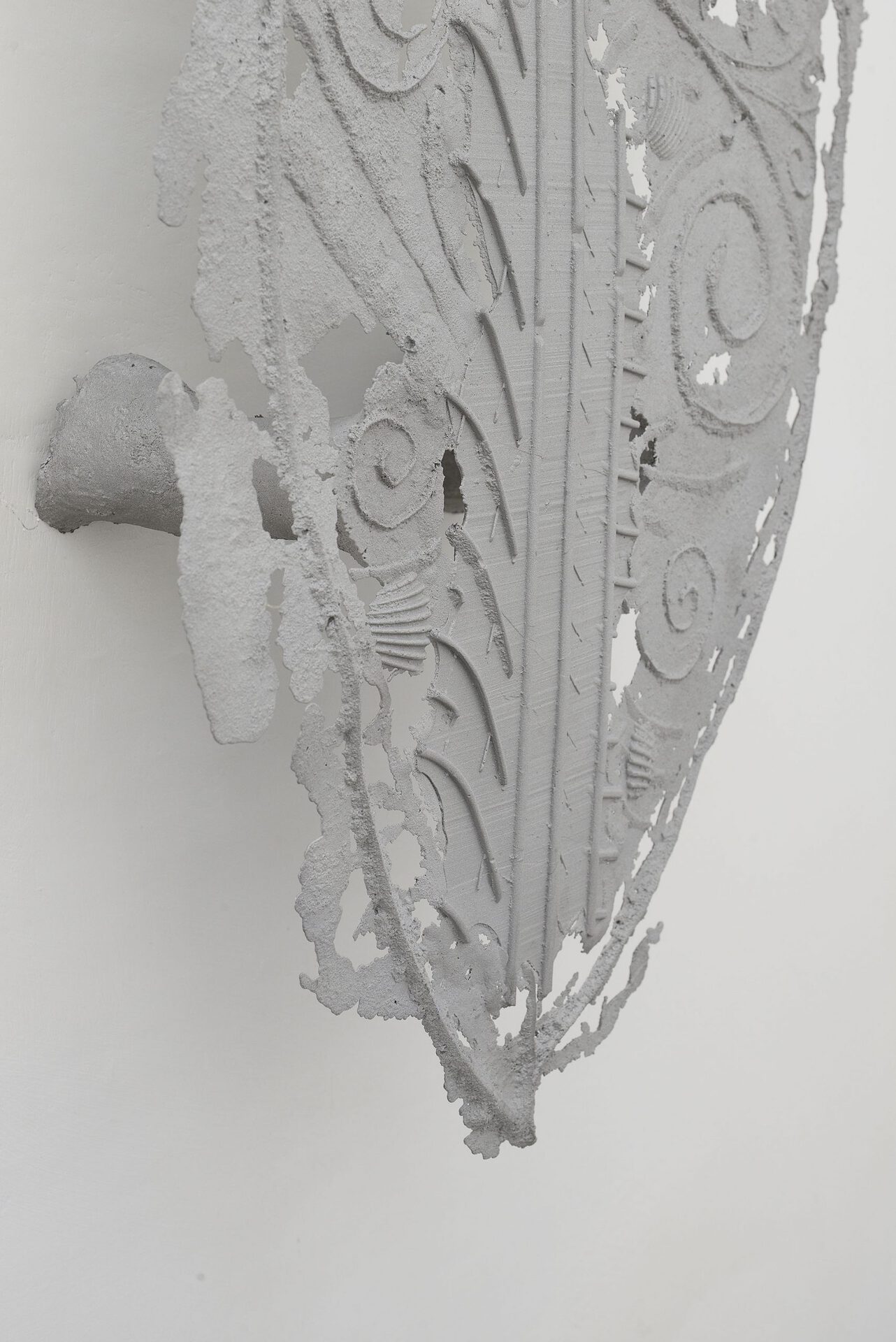
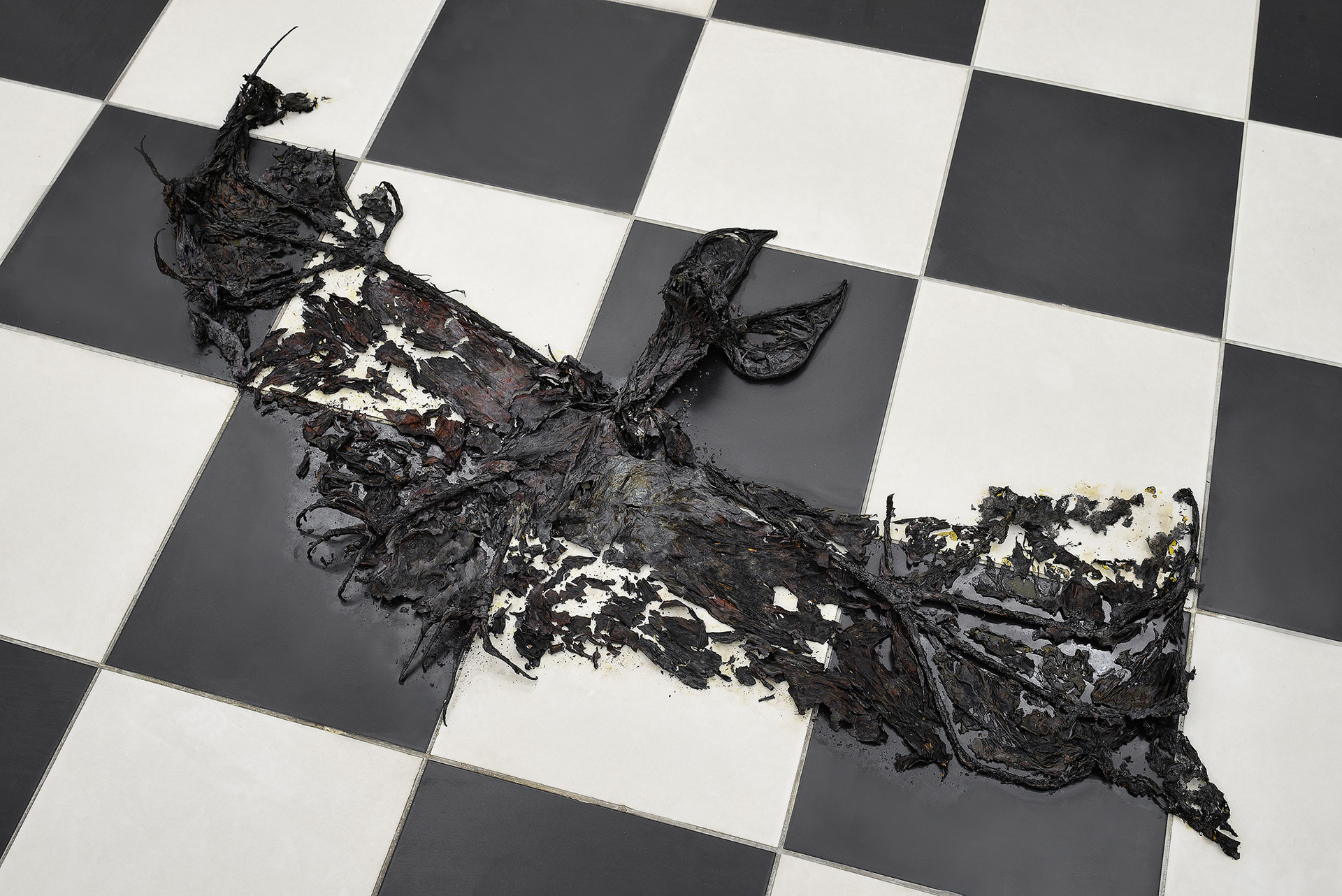


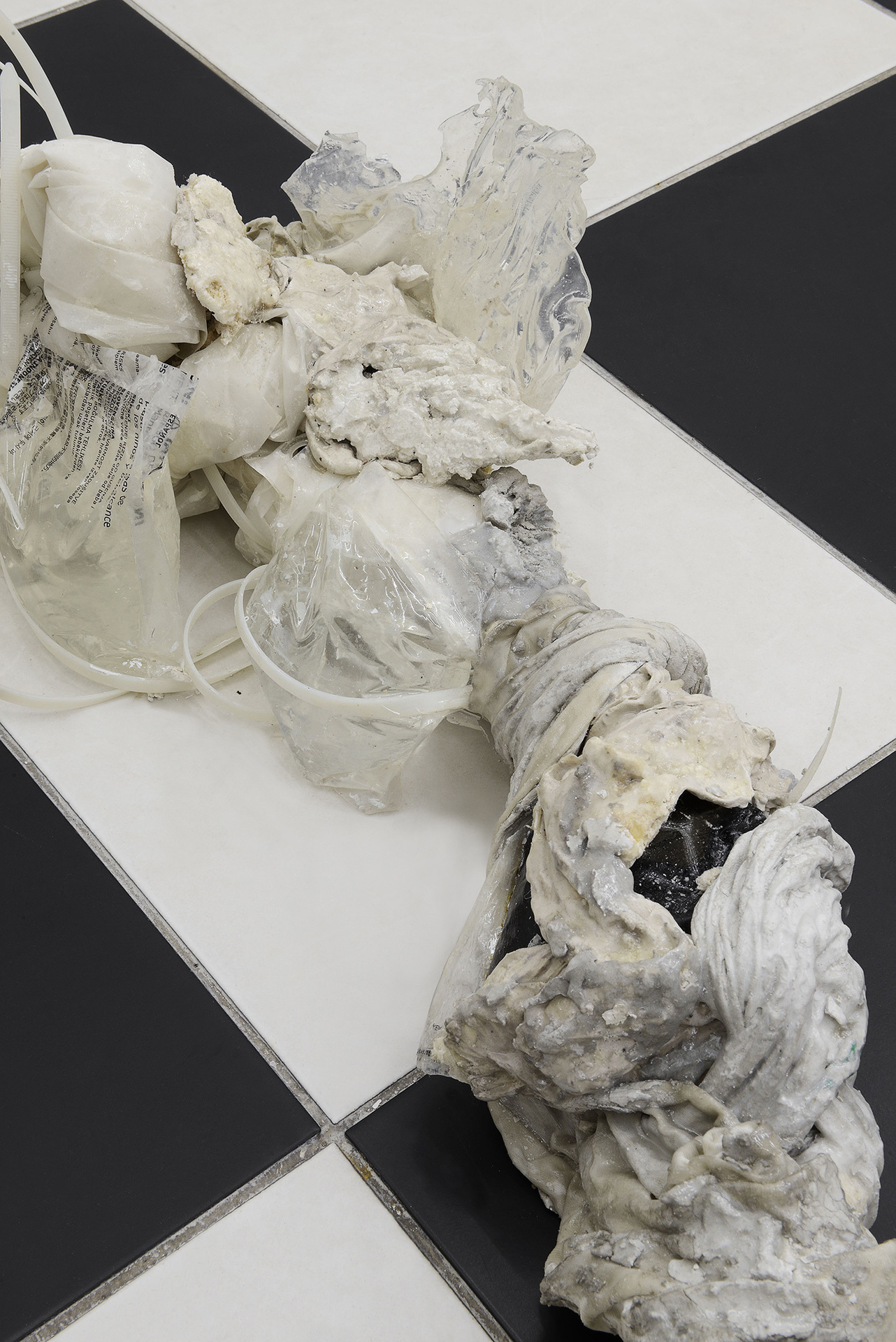
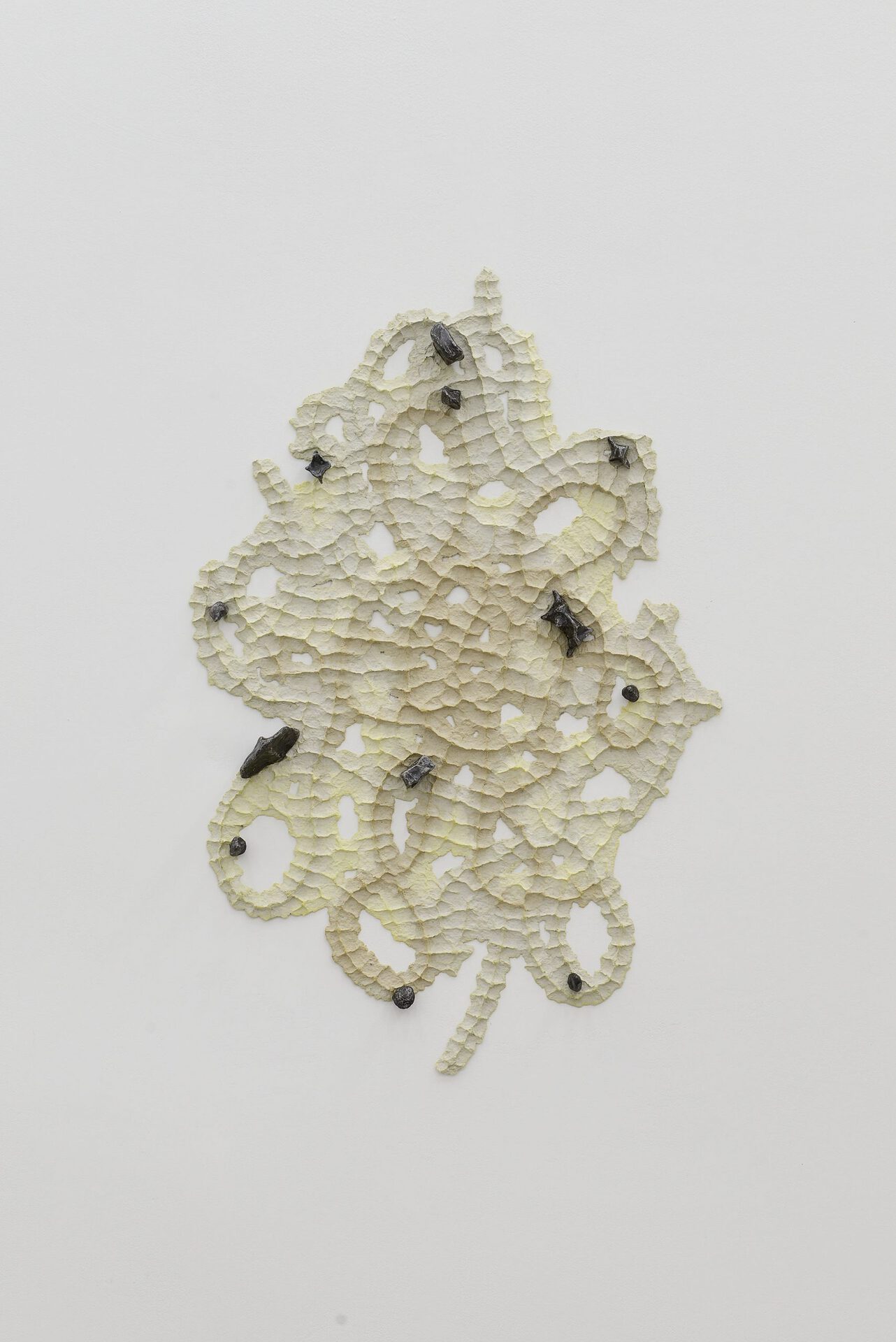
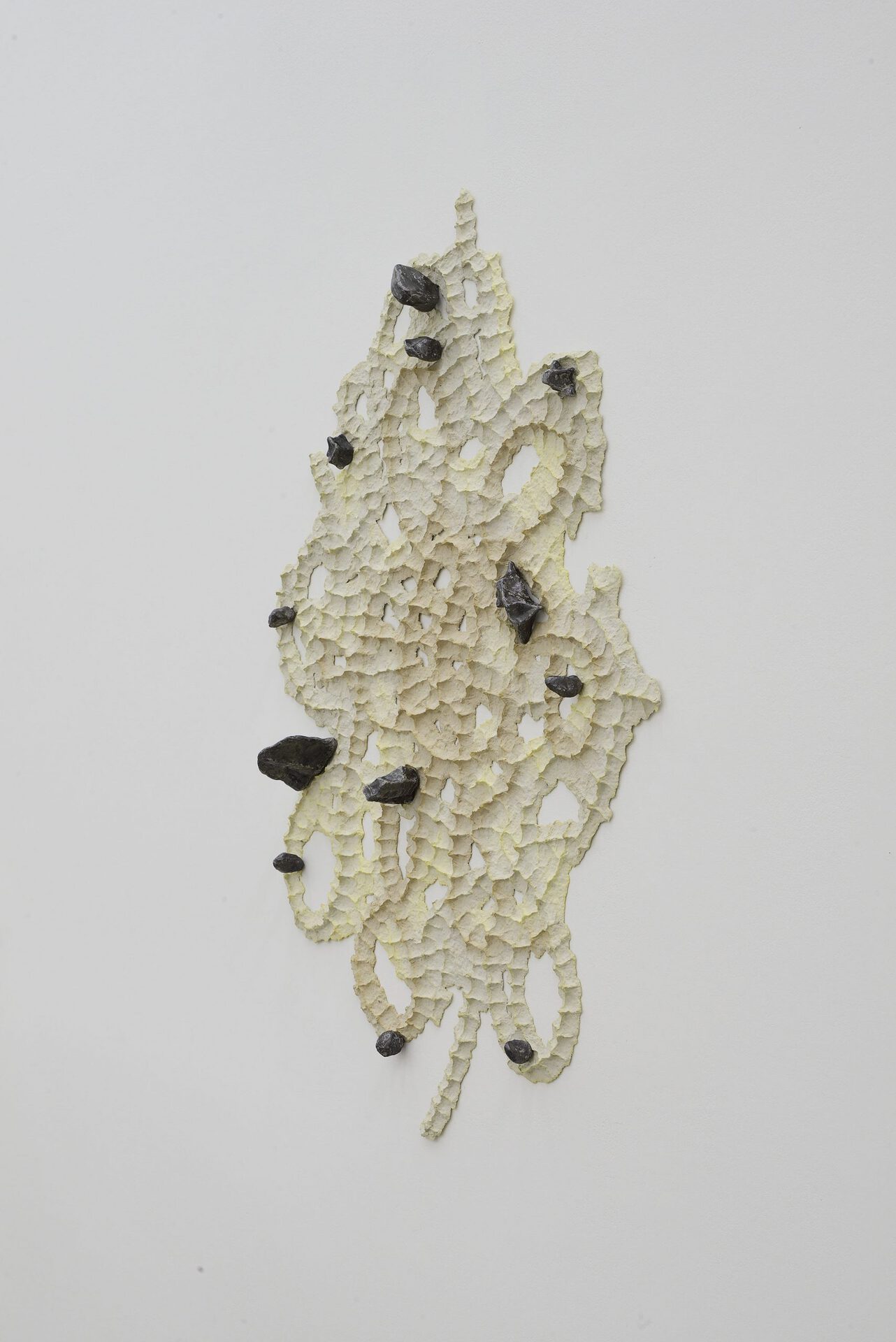
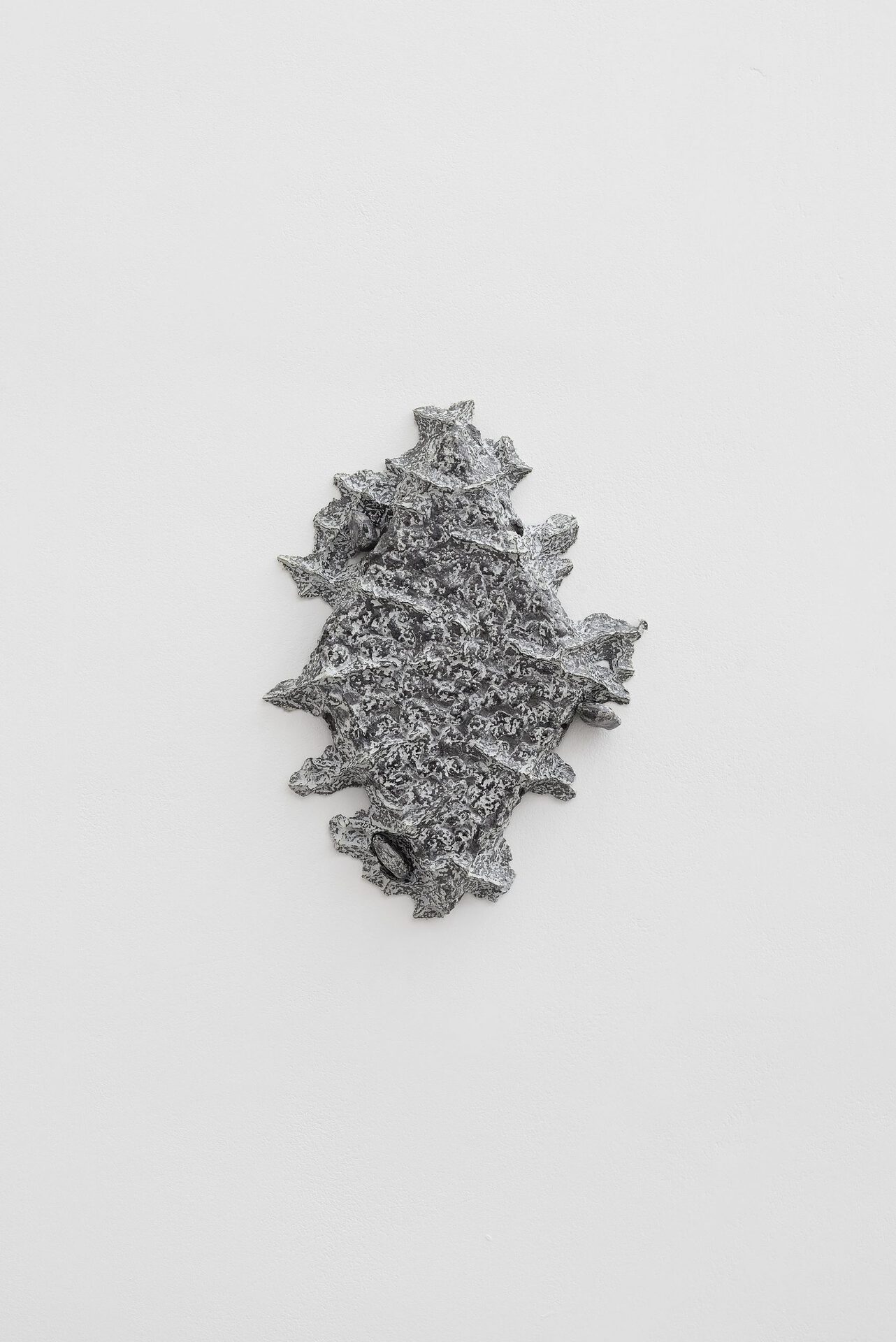
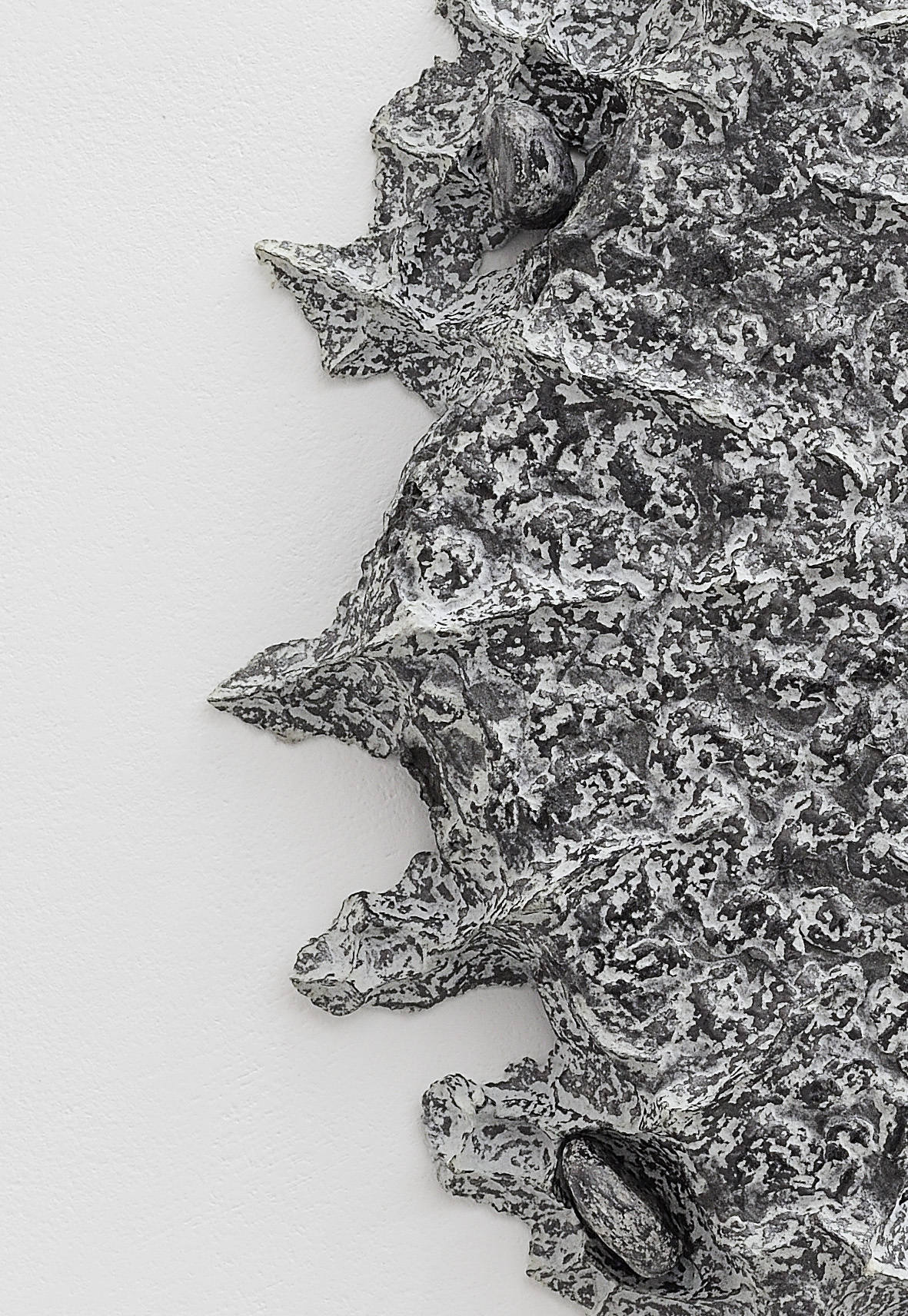
Location
AdaDate
31.01 –13.03.2020Curator
Zoe De LucaPhotography
Roberto ApaSubheadline
Collagen Shadows takes its title from myodesopsia, a phenomenon generated by the not total transparency of the vitreous body in the eyeball which produces microscopic collagen clots, whose shadows are perceived in the visual field, in the form of circles, spots or filaments. Symptoms are subjective and, although widespread, this phenomenon has been shrouded in mystery for centuries, sometimes leading to believe it as symptomatic of hallucinatory states. The works on show in Collagen Shadows are connected by this same elusiveness: hinges between second and third dimensions, often at the limit between figurative and abstract, move on the ideal grid of the exhibition space of ADA, inviting the viewer to approach the individual works from different perspectives, while at the same time trying to decode the polyphony. Artists: Pietro Agostoni, Monia Ben Hamouda, MArtina Llavaneras, Thea YabutText
Collagen Shadows takes its title from myodesopsia, an entoptic phenomenon generated by the not total transparency of the vitreous body in the eyeball. This thickening produces microscopic collagen clots, whose shadows are perceived in the visual field, in the form of circles, spots or filaments. Like other entoptic diseases, symptoms are subjective and therefore impossible to document directly. Although widespread, this phenomenon has been shrouded in mystery for centuries, sometimes leading to believe it as symptomatic of hallucinatory states; to date, its causes remain unknown, and most of the people affected do not know its nature, or are unable to describe its effects.
The works on show in Collagen Shadows are connected by this same elusiveness: hinges between second and third dimensions, often at the limit between figurative and abstract, move on the ideal grid of the exhibition space of ADA, inviting the viewer to approach the individual works from different perspectives, while at the same time trying to decode the polyphony. Do I see what other people see? Metals and resins become organic by means of stratifications and signs, while papers, minerals and acids annihilate their nature and change state: the surfaces free themselves from any passivity and activate conjectures on the constellation of details that inhabit them, pushing the eye to a continuous settling, in vain attempt to solve its complexity.
The work of Pietro Agostoni (Lecco, 1990) is a presence between demon and chiroptera, made with layers of paper bandages, soaked in acid and then sublimated by fire. This site-specific intervention is the result of a slow and meticulous experimentation, now encased in the last, extreme pose, that stops the entire exhibition soiling it with narrative. The winged figure becomes coals and then ashes, condensing its figurative aspect into a spectral texture, making its own death a realization.
The works of Monia Ben Hamouda (Milan, 1991) often appear in transition between one state and the other. Suspended by the use of materials that make its placement difficult, the works are combined in ambiguously organic assemblies. Her sculptural practice is characterized by a liquid and changeable approach, which sometimes guides the subject to the limit of the autogenesis. The artist evokes symbols and icons thus accelerated or contaminated by the involvement of external forces to the erosion of their identity, now tumultuous and crystallized in apparent immobility.
The practice of Martin Llavaneras (Lleida, 1983) features a continuous succession of natural and synthetic elements that imitate and transcend each other. Simple materials, ranging from fruit to sand, are processed through an exploration of sedimentation, fermentation and subtraction: a study between the ironic and the solemn that tends more to the deciphering of potentiality than to the attainment of definitive formal solution.
Thea Yabut (Montreal, 1985) mixes cellulose, graphite and other materials to create an intimate and primordial matter, of which each curve is then worked by hand. The result is a series of imperfect mandalas, organic patterns in the form of spiderwebs, mycelia or minerals with ambiguous consistency.
«Io non vi credo cose che vedo
perché chiudendo gli occhi
una vitalità di costellazioni
d’altro mondo
vi sopravanza
e la supremazia del visibile
si incrina in felicità.
Non c’è spina
oltre le vostre sponde
niente confina o crolla
niente s’impolvera
in quella luce»
Mariangela Gualtieri
Porpora, 2016
Zoe De Luca